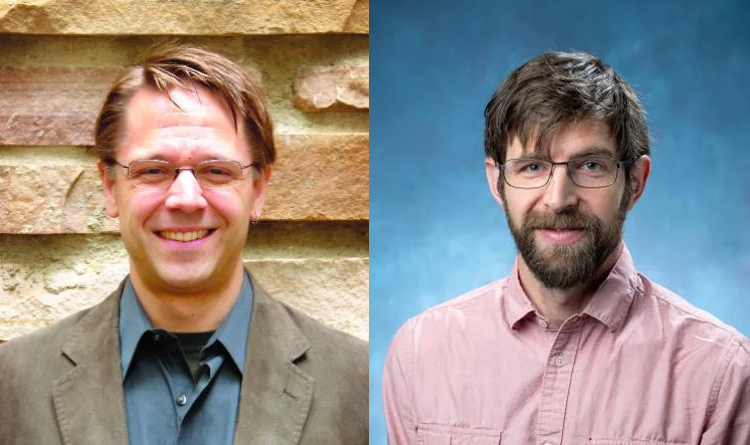David Bortz and Stephen Becker collaborating on $15 million clean energy project

In the article written by Colorado Arts and Sciences Magazine, Dr. Bortz explained that modern computing is not capable of running full plasma simulations, meaning work is necessary to allow for plasma physicists to run simulations that investigate and optimize fusion-reactor designs. To this team, Dr. Bortz (left on image) and Dr. Becker (right on image) provides different, unique expertise. Dr. Bortz explains on his APPM webpage that his group focuses “on the methodology of data-driven modeling and model selection,” while Dr. Becker’s group focuses on “information extraction from various types of datasets” and sampling theory. Combined with the expertise of researchers from eight other institutions, the collaboration aims to improve our understanding of fusion reactions and the path towards sustainable nuclear energy.
The article written by Colorado Arts and Sciences Magazine has more information about the grant/collaboration and comments by Dr. Bortz, Dr. Becker, and the collaborators.


